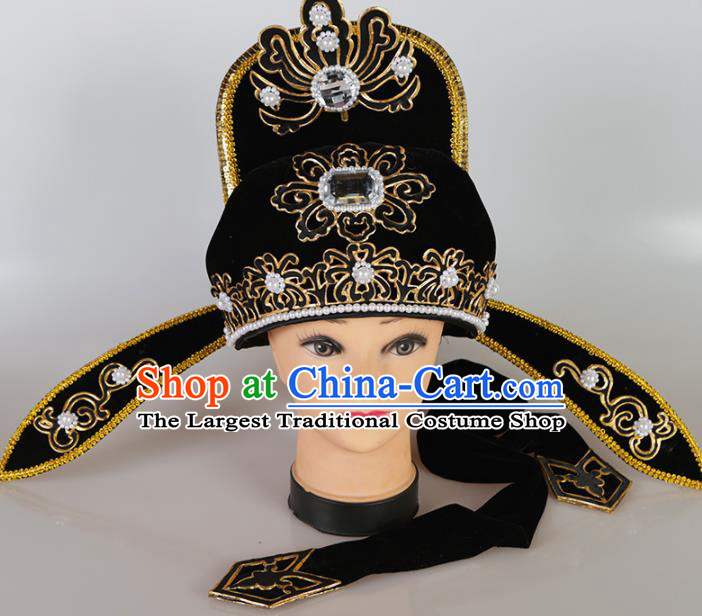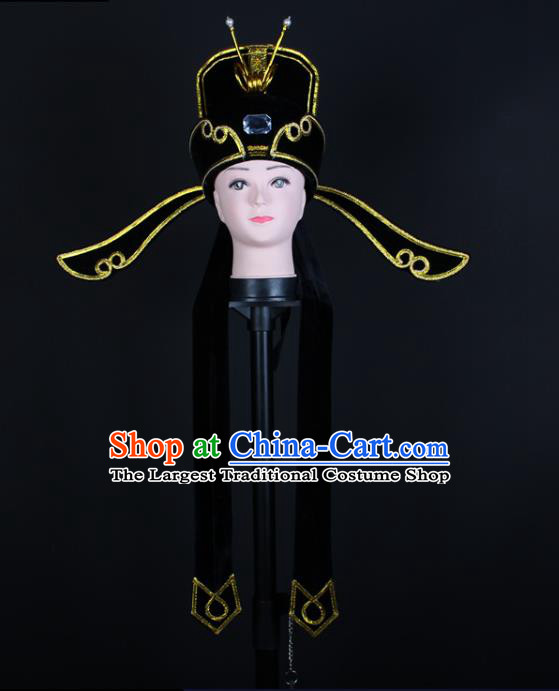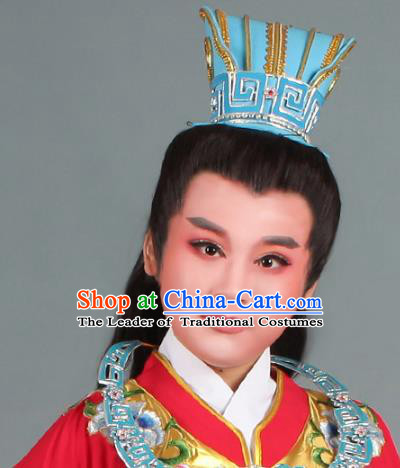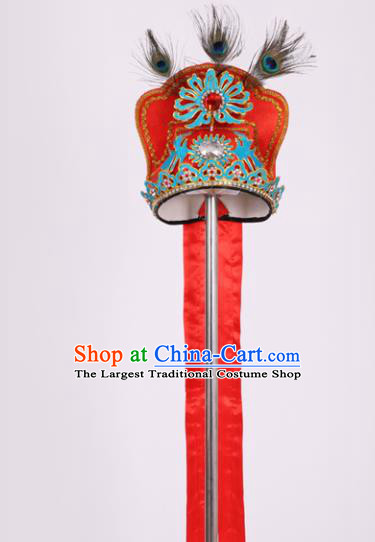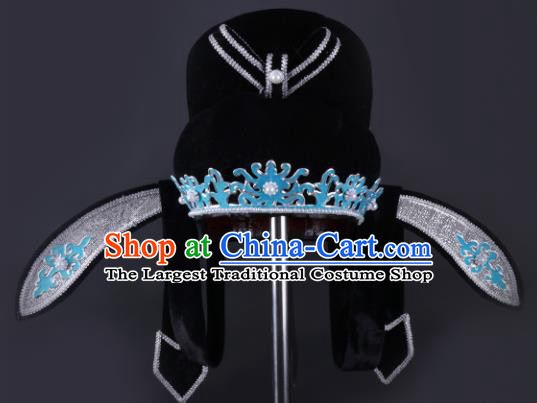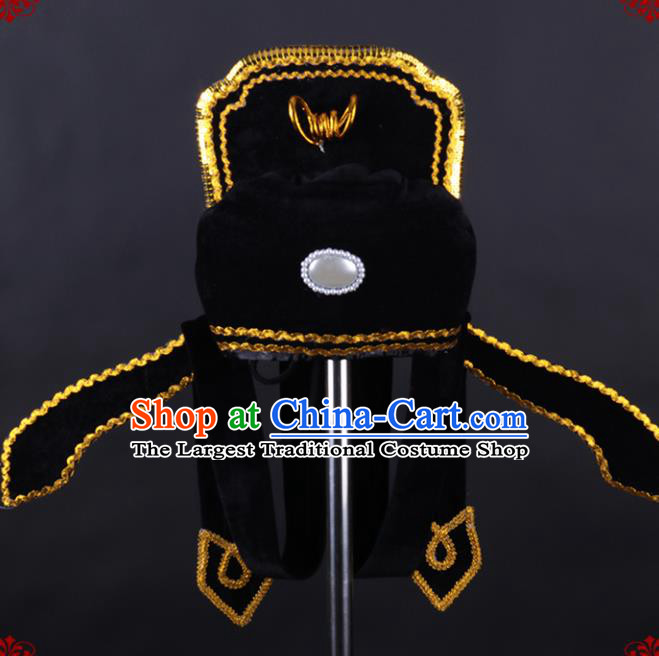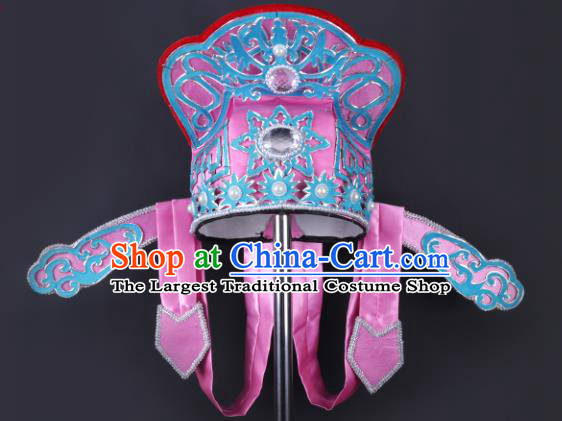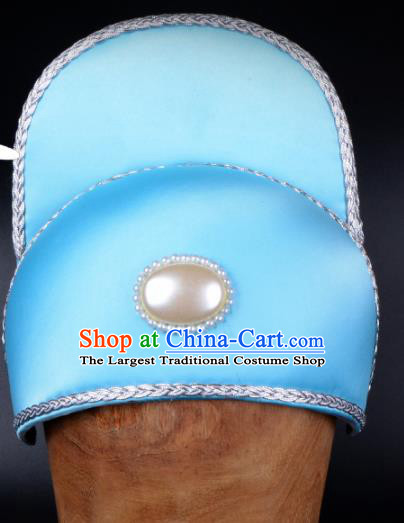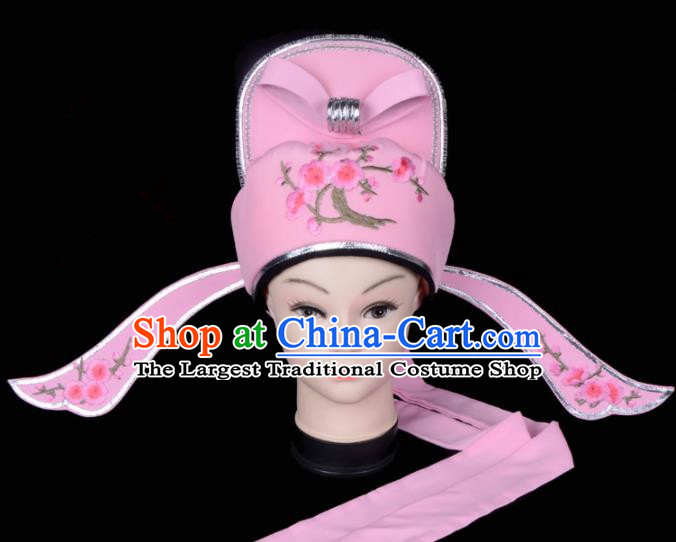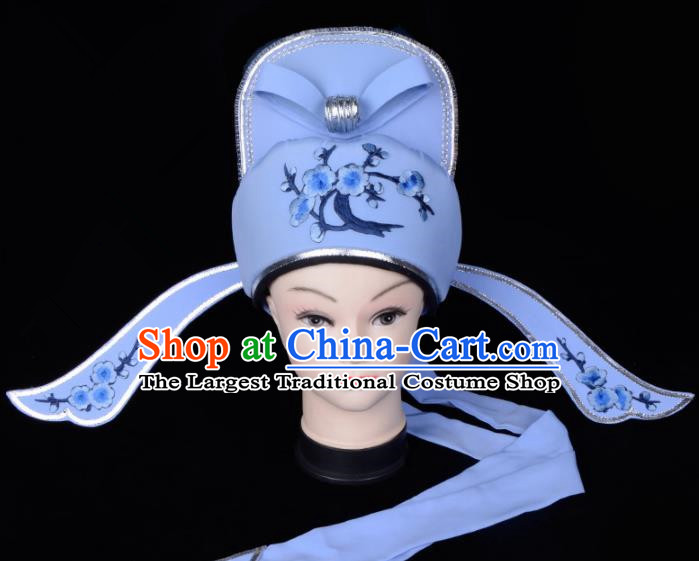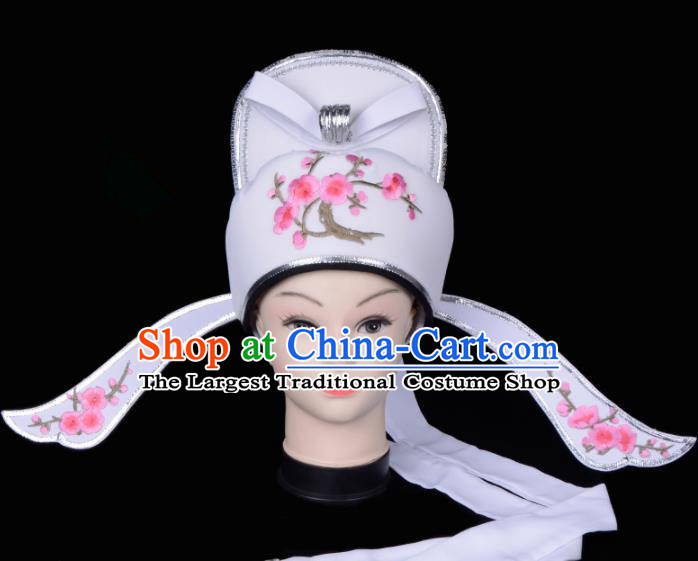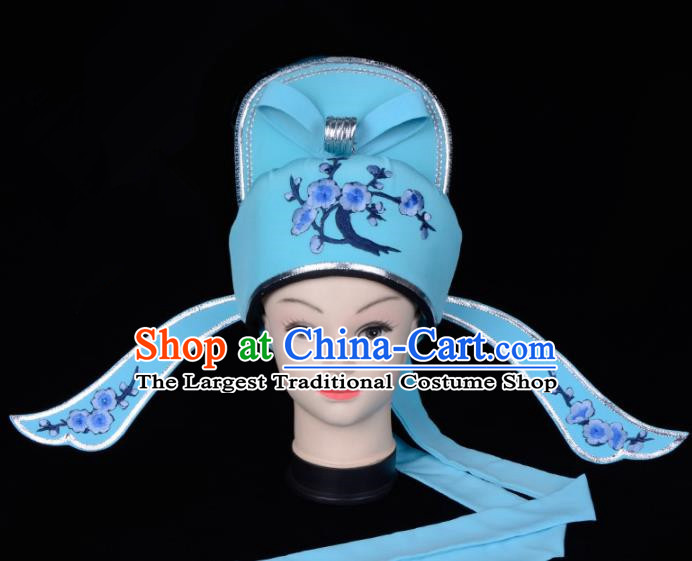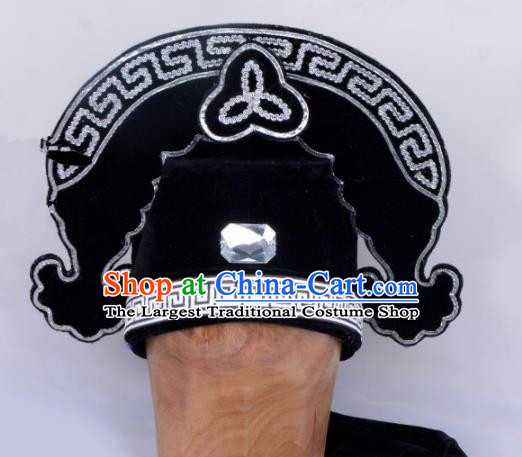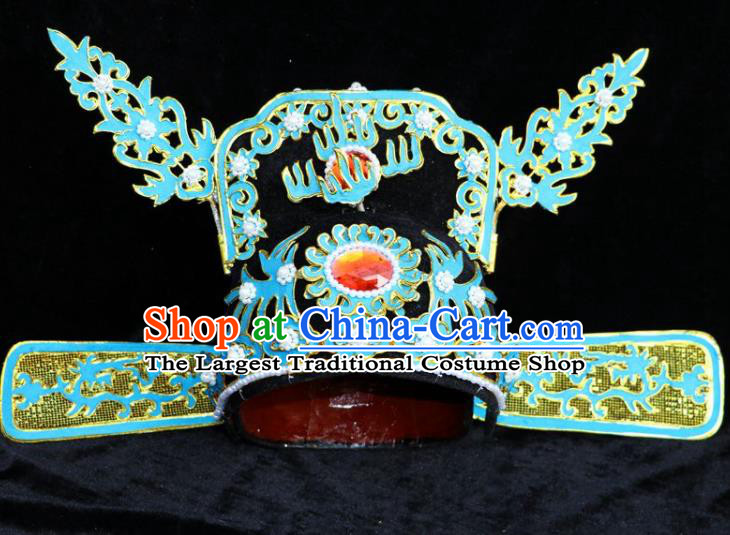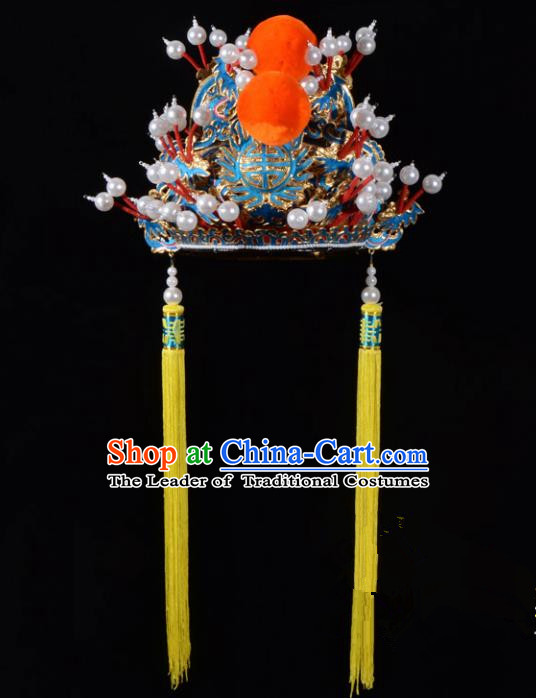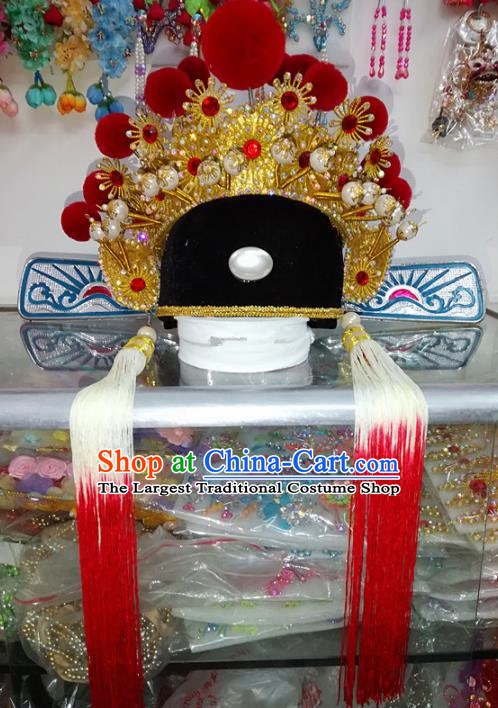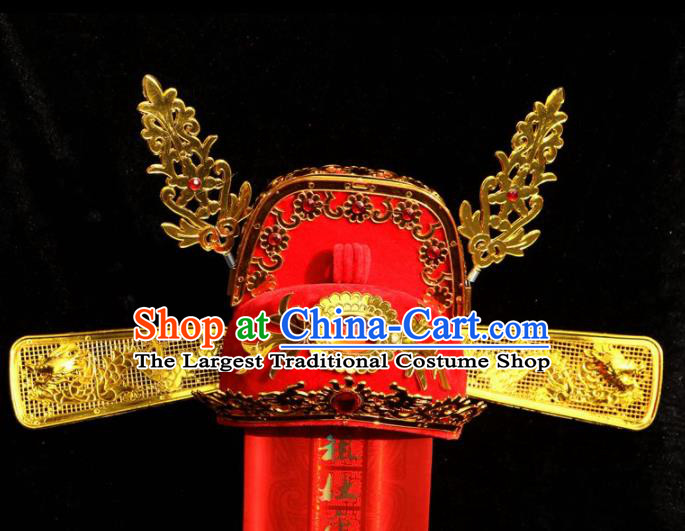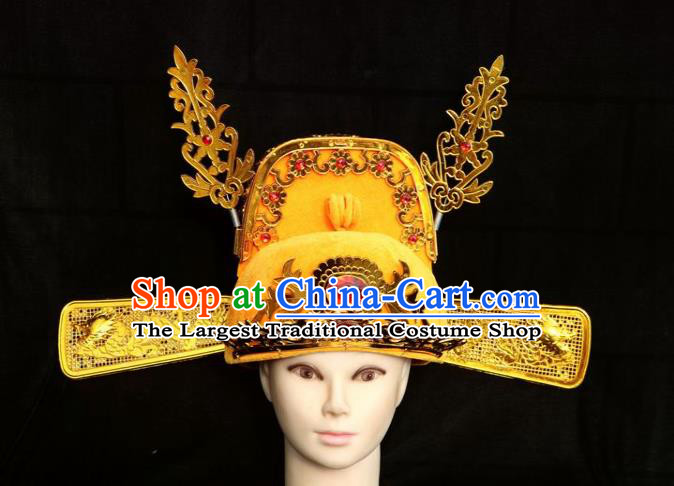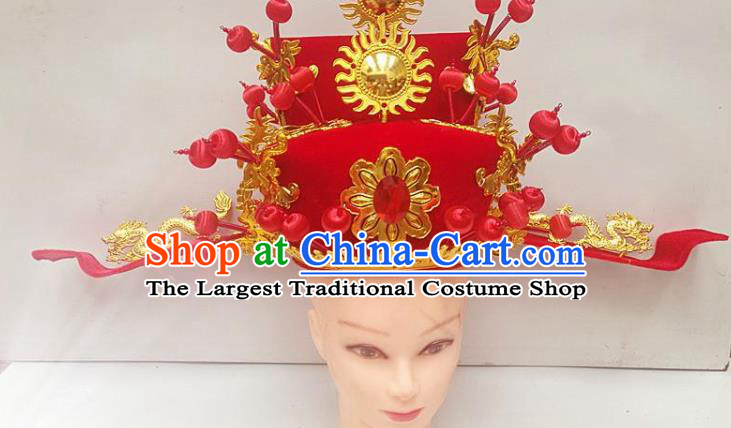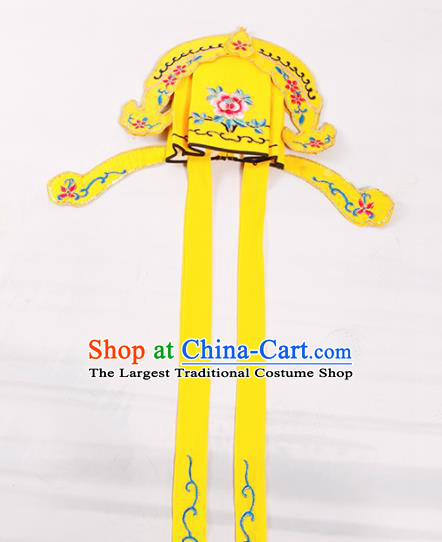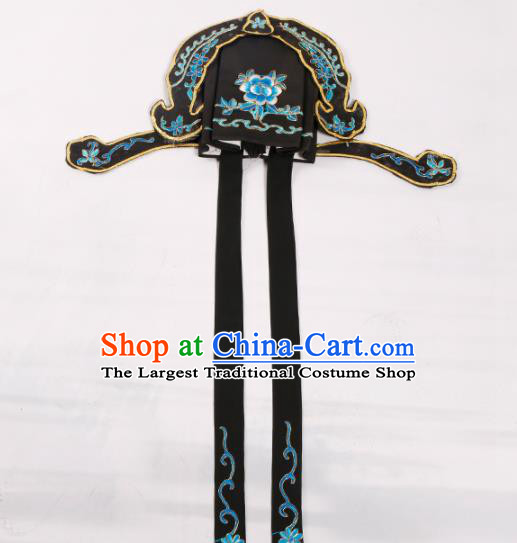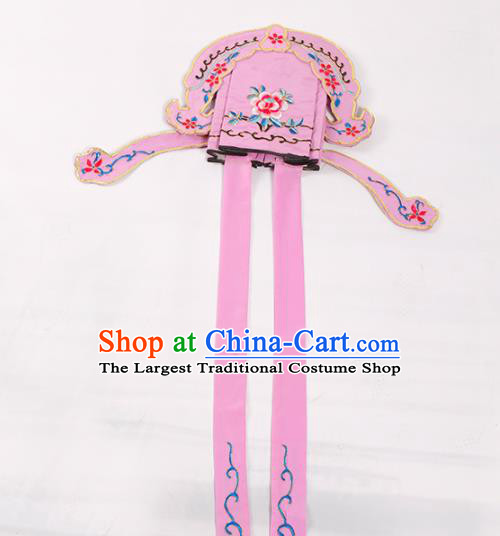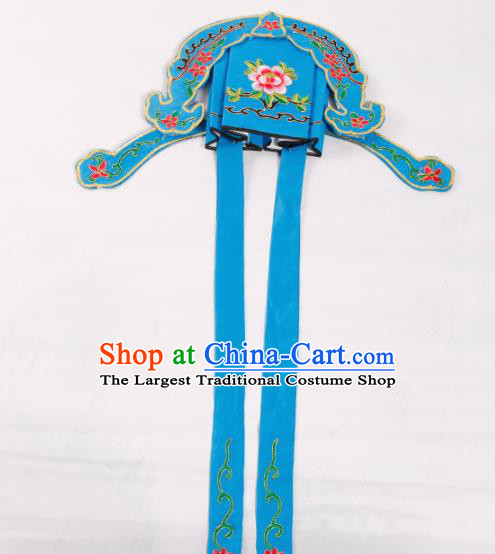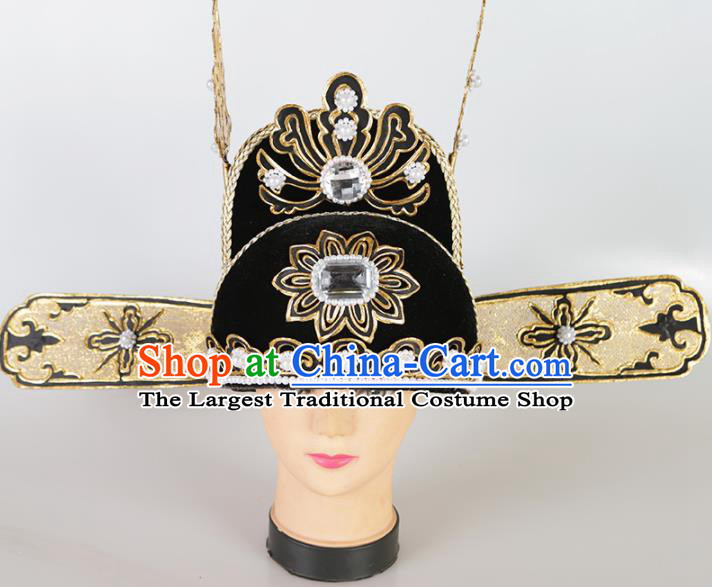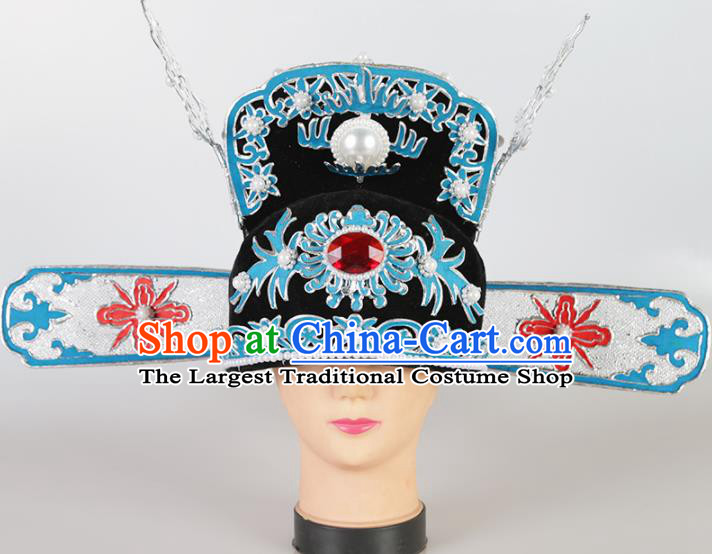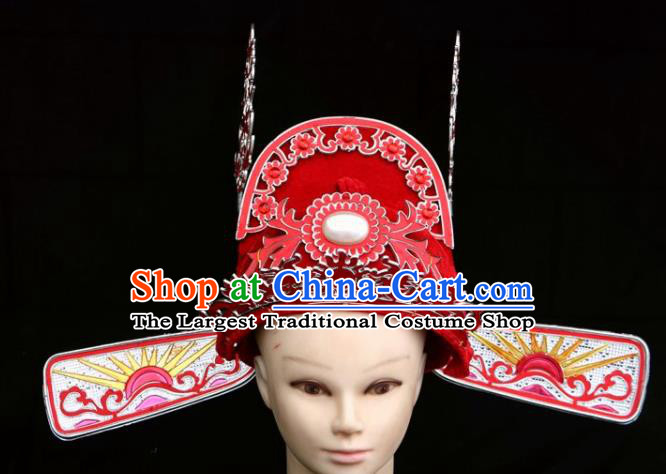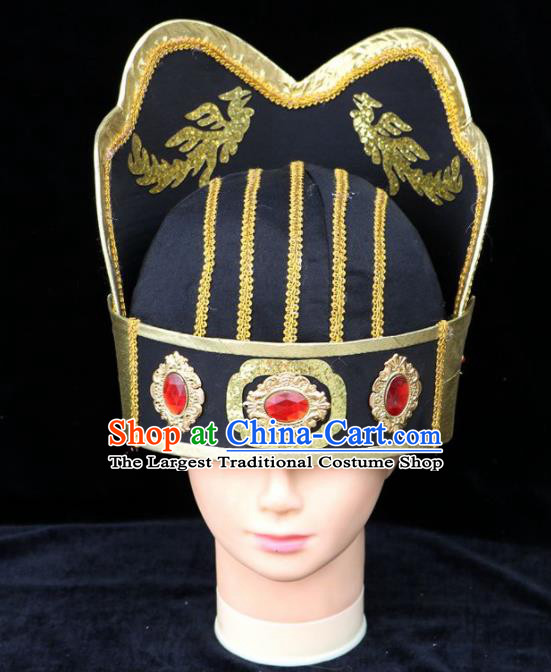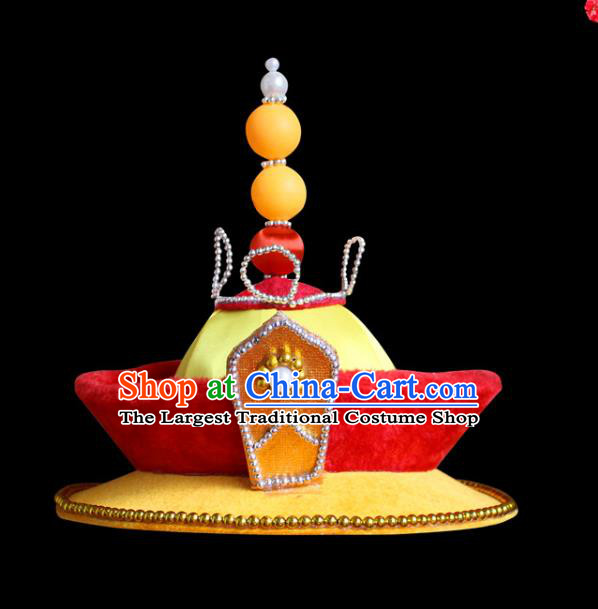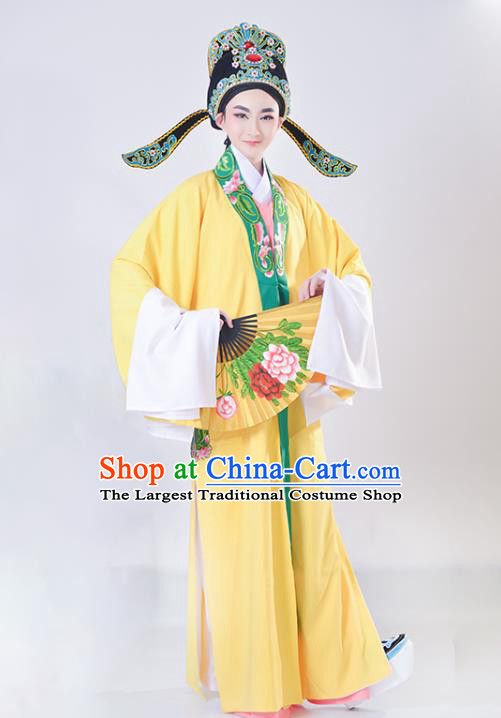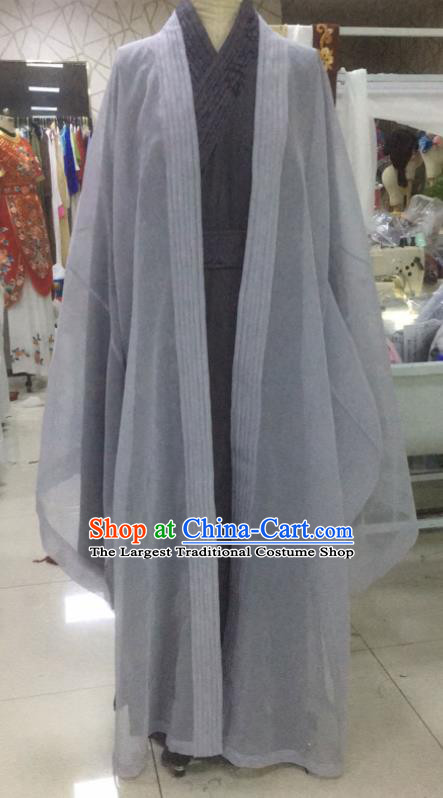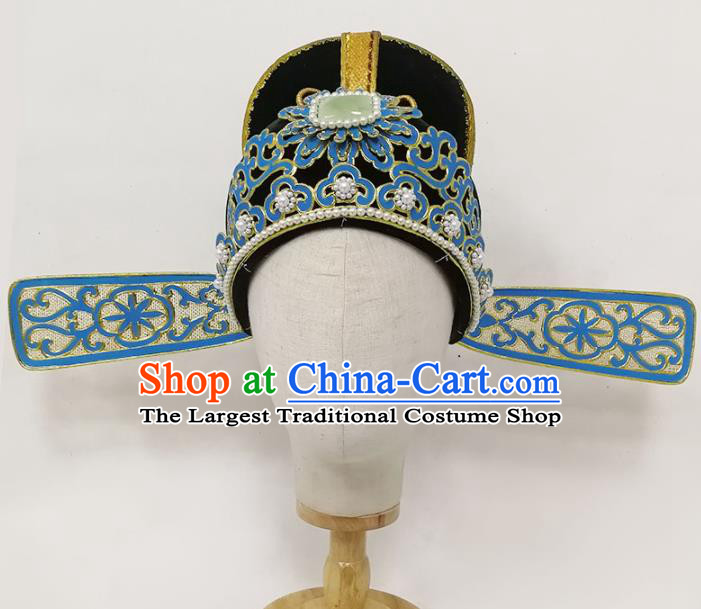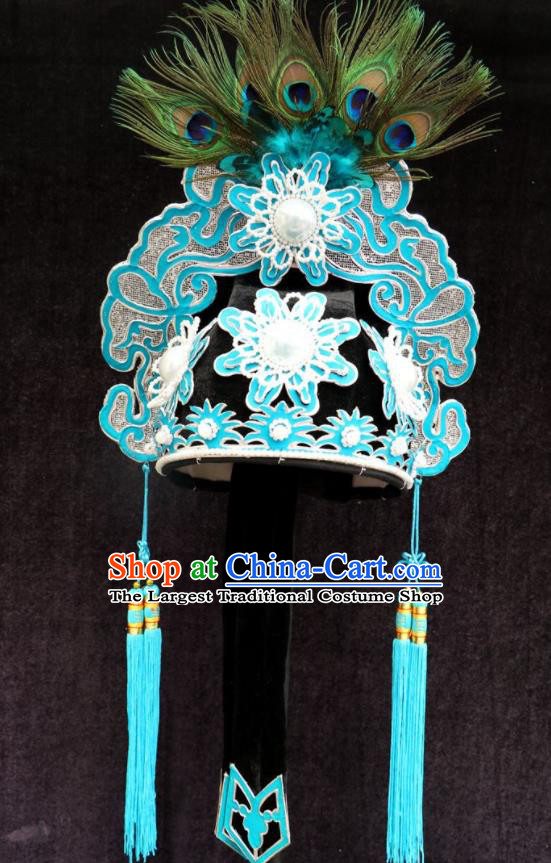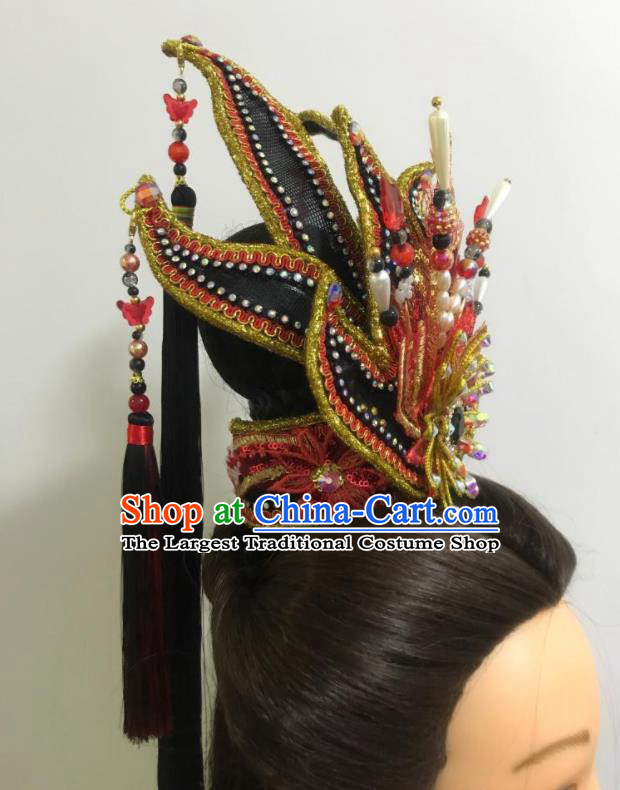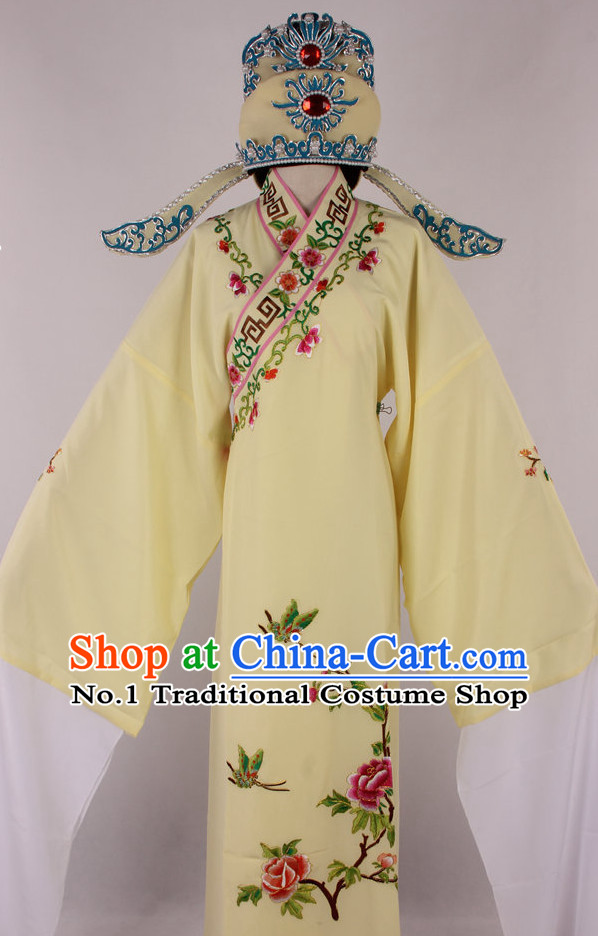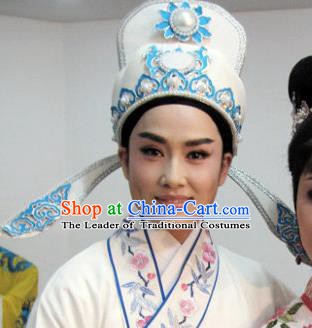
Click Related Pictures for More Audios:
The traditional Chinese Beijing Opera youth male headgear, also known as "Jinghua," is an indispensable element of Beijing Opera performances.
These exquisite headgears represent the unique charm and historical heritage of Chinese culture.
They not only have aesthetic value but also carry rich cultural connotations and symbolic meanings.
The design of Beijing Opera youth male headgear usually employs intricate embroidery techniques and is made from materials such as silk and cotton fabrics.
These headgears are colorful and feature complex patterns, including elements like dragons, phoenixes, flowers, and cloud patterns, showcasing the artists' exquisite skills and their love for traditional aesthetics.
Each headgear has its unique design and symbolism, reflecting the character's personality traits, status, and destiny.
In Beijing Opera performances, youth male headgear plays a crucial role.
They provide actors with a visual focal point, helping the audience better understand the characters' identities and emotions.
Additionally, these headgears contribute to shaping the characters' image, making them more attractive and expressive on stage.
Apart from serving as artistic decorations, Beijing Opera youth male headgear also holds significant historical significance.
They witness the development of Chinese opera art and reflect changes in social customs, aesthetic concepts, and cultural values across different periods.
By studying these headgears, we can gain a deeper understanding of the evolution of ancient Chinese culture and its implications for modern society.
In conclusion, traditional Chinese Beijing Opera youth male headgear is a cultural artifact that is rich in artistic value and historical significance.
They not only enhance the beauty of Beijing Opera performances but also carry abundant cultural connotations and symbolic meanings.
By appreciating and studying these headgears, we can better comprehend the essence of Chinese traditional culture and draw wisdom and inspiration from it.
















